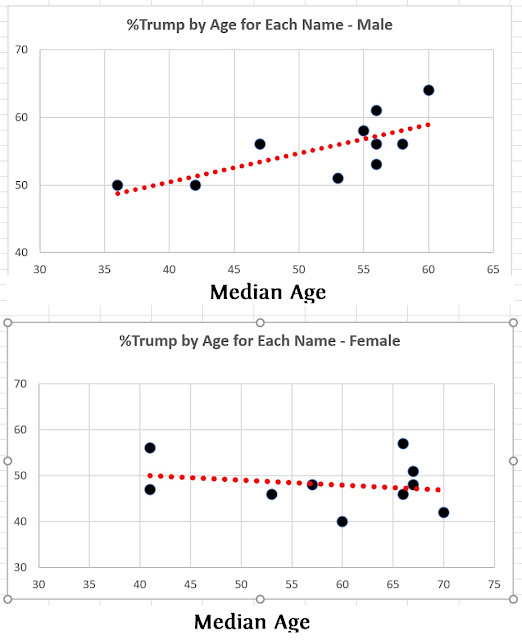December 7, 2020
Posted by Jay Livingston
What Trump learned at Trump University was the value of fleecing the rubes. Most of the other victims of his salesmanship had been big-money people and institutions — banks and other supposedly wise investors. The $3000 that Trump U students lost — and some got ripped off for tens of thousands — is serious money for the individual but small potatoes for Trump.
He made it up in volume. The scam grossed at least $40 million.
Now he’s at it again. So far, his Election Defense Fund has raised over $200 million.
I can understand the Trump U victims. They thought that their money would buy them the secrets to real estate success. They would be repaid a hundred fold. But what do the Election Defense Fund contributors get?
First, and most obviously, they think that the money will get them four more years of Trump. This belief requires a prior belief that is axiomatic among Trump loyalists: believe Trump, not the so-called experts.
From the start, the consensus among legal scholars was that Trump’s cases would not win. As one lawyer I heard on (I think) NPR said, “His chances are slim and none, and silm just left town.” But if Trump and his lawyers say that they have a ton of evidence of massive fraud, it must be true, and these other voices must be fake legal opinion.
It has now become clear that the experts were correct. Trump has lost one legal challenge after another. So much losing. But still the donations roll in.
For Trump, of course, everything is, to use the current term, “transactional.” The fine print on the Election Fund website says that for donations of less that $5000, nothing will go to the legal fight. Instead, 25% will go to the Republican National Committee, and 75% to “Save America,” a Trump PAC. There are restrictions on what Trump can do with that money. For instance, the rules say that he can’t use it to pay off his campaign debts and certainly not his personal debts.
But, as Brendan Fischer, Federal Reform Program director at the Campaign Legal Center, said, "Although Trump cannot use campaign funds to pay himself or his family members excessive salaries, or to buy enough copies of Don Jr.'s book to land it on the bestseller list, he might try to use leadership PAC funds for such purposes.”
Remember, we’re talking about Donald Trump. If nobody can or will effectively enforce the rules, the rules don’t matter. Even if the rules are enforced, breaking them might have been worth it. After all, Trump U was fined $25 million, probably less than half of what it brought in. And in the end it wasn’t Trump who paid the judgment. It was some billionaire supporter.
Even if Trump did use the money for whatever he wanted, including paying of personal debts, he probably wouldn't lose much support. For his followers, a donation is not transactional. The rewards it brings are intangible: it strengthens
their identity as members of the group; and it reaffirms the value of
that group. Those functions are especially important for those who
perceive their group as being under attack. And Trump supporters,
correctly or incorrectly (mostly incorrectly) see themselves as being
discriminated against because of their race (White), their religion
(Christian), and their views on gender roles (“traditional”). Trump
embodies their ideas, and he perfectly and loudly expresses their resentments against those
who are supposedly discriminating against them. You can’t put a price on
that.




